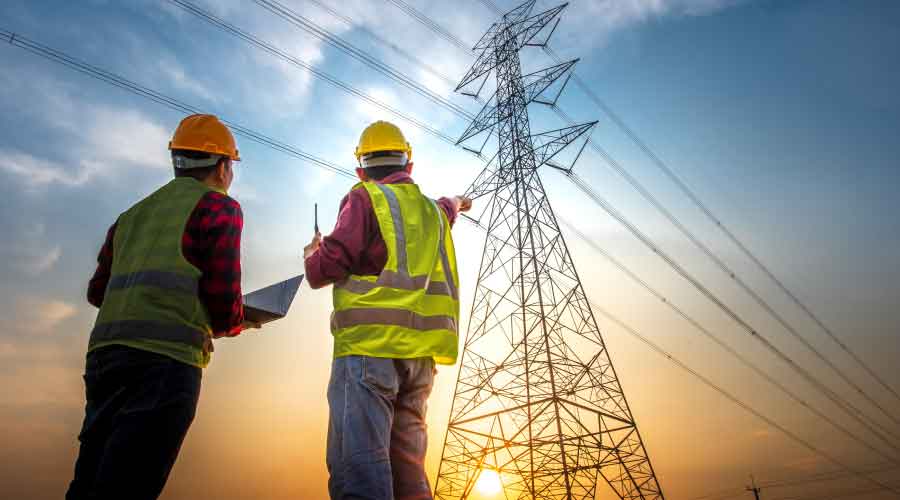
Electric Surge Finds Way to Snow and Ice Removal Equipment
Already popular among contractors, electric machines are likely to eventually emerge in facilities markets. July 5, 2022
By Dave Lubach, Managing Editor
Facility managers are confronting the electrification of equipment of all types, from water pumps and power tools to road and utility vehicles and blowers and trimmers.
The next stage of electrification likely to hit facilities, if it hasn’t already, is in the snow and ice management field. That point was delivered during an education session during the recent Snow and Ice Management Association (SIMA) annual Snow and Ice Symposium, where panelists discussed the revolution that’s already taking place among contractors and could be coming to commercial or institutional facilities sooner than later.
“In 5 to 10 years, it will be mainstream,” says Ryan Hebel, vice president of Greenventures Landscape Care in Kitchener, Ontario, Canada.
Another panelist corrected Hebel, saying the timeline will come faster. No matter the timeline, it’s clear that eventually electric snow and ice products will find their way to facilities.
And not only will the machines be electric, they’re likely going to be automated machines that won’t require the need for humans to operate them.
“Universities should be at the forefront of our climate battle, and if they’re not using electric equipment, they should be doing whatever they can to find some,” Hebel says. “They have a bit more of a window to get things done and have facilities on site to charge them up or fill machines with salt or brine, whatever’s needed.”
At this time, automation is limited to smaller machines like snowblowers for sidewalks while leaving the parking lots and roads to the more traditional diesel-fueled trucks or electric utility vehicles.
“It’s going to be some time before we see (electric or automation) on big machinery,” Hebel says.
The contractors not only experience environmental benefits from the machines. By going automated, it helps alleviate workforce issues in the struggle to find employees.
Moving to automated machines also represents a change in the traditional way we think of snow removal. Rather than wait for the entire snow event to conclude, teams can gradually continue the process as the event continues.
“During a long snow event, you can send your robots a littler earlier so they’re not pushing so much snow, and they can do a couple of runs,” Hebel says. “As soon as the snow starts falling, we send them out for runs. We run through the event and not at the end.”
Dave Lubach is managing editor for the Facility Market.
Next
Read next on FacilitiesNet












